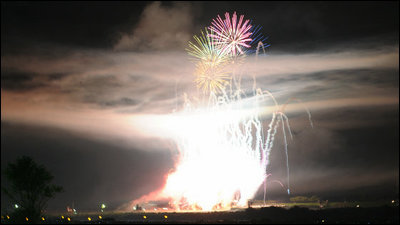A movie explaining how to send photos by wire in 1937 when there was no email or data transfer service

The YouTube channel
1930s How Photographs Were Transmitted by Wire: Spot News (1937) - CharlieDeanArchives - YouTube
How were photos transmitted by wire in 1937? | The Kid Should See This
https://thekidshouldseethis.com/post/wired-photo-transmission-news-1937
The movie is an archive of 1937 news content called 'Spot News' sent by General Motors ' Chevrolet division.
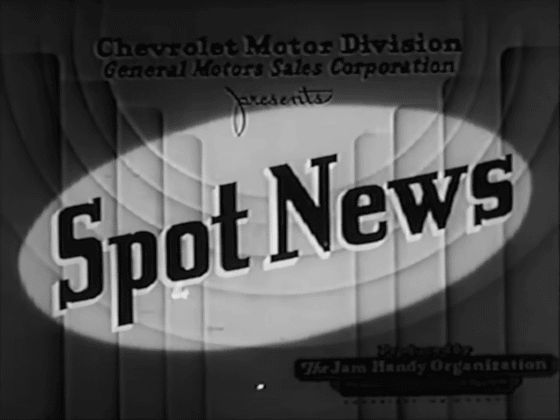
The movie first shows the newspaper company working in a hurry. At the time, there was no email or social media, and photos published in newspapers had to be taken on-site and transported using human legs.
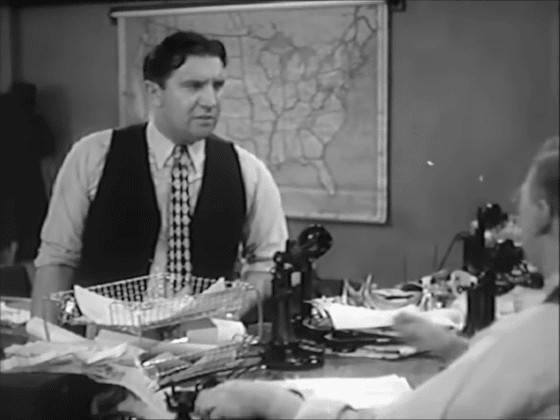
The reporting team covered and filmed the plane being propelled from a car instead of the runway.

The negative of the photo taken is scanned by holding it up to the light of a lamp. The news narration says, ``Every development in science and engineering has been exploited to get stories to readers in the shortest possible time.And now, the ``latest miracle'' of news production, sending pictures by telegraph, is being used in newspapers. 'This marks the beginning of a new era in history.'

Wrap something like the paper on which the image will be copied around the cylindrical device. The system uses light to recognize the black and white parts of the photograph, divides it into fine lines, sends the lines by telegraph, and then assembles the lines on the receiving side.
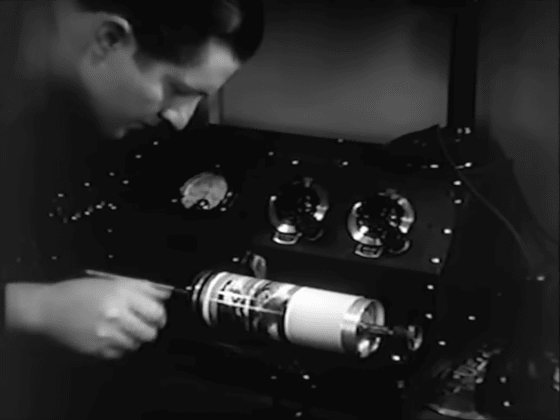
The movie shows the mechanism for sending photos to a remote location using the following experimental equipment. A picture drawn on a string wrapped around a tube can be recreated by passing the string through a thin tube and re-wrapping it around a tube of the same thickness. This is done in electrical units by sending photos by telegraph.
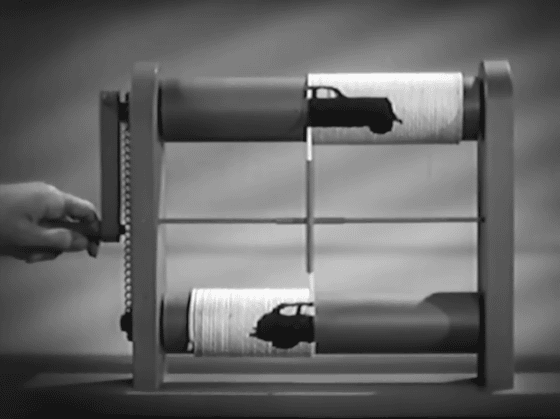
The contents of the image transmitter are as follows. By shining light on a photo and transmitting the light that has passed through the photo through the lens again, the camera recognizes which parts of the photo are white and which parts are black based on the amount of light that passes through it.
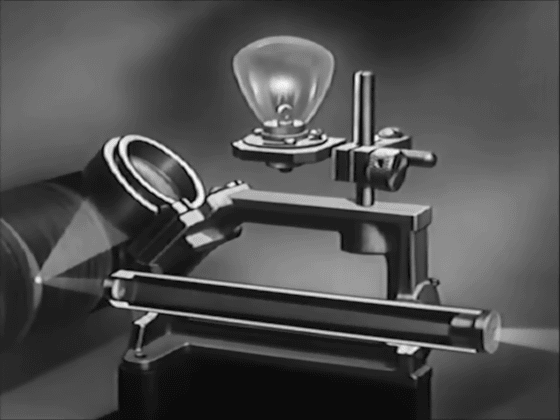
Then, the light passes through the lens and illuminates the metal, which reacts to light. Strong light emits more power, and weaker light emits less power, so depending on how much power it transmits, the appearance of the photo can be conveyed by the phone's transceiver.
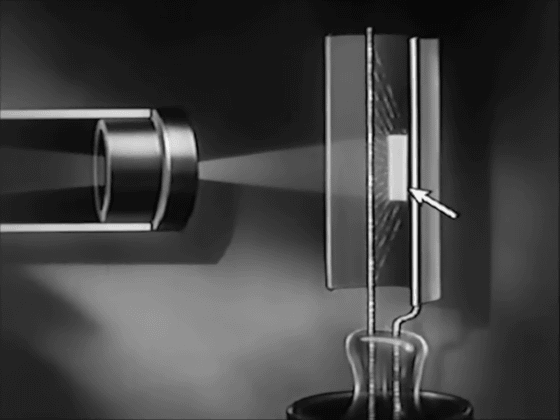
As for the overall mechanism, the image taken in the upper left of the image below is transmitted by telegraph, and a light bulb in a remote location is turned on as shown at the bottom of the image. Using a mechanism that creates shading depending on the amount of electricity supplied to this light bulb, an image identical to the original photograph is printed onto a cylindrical piece of paper.
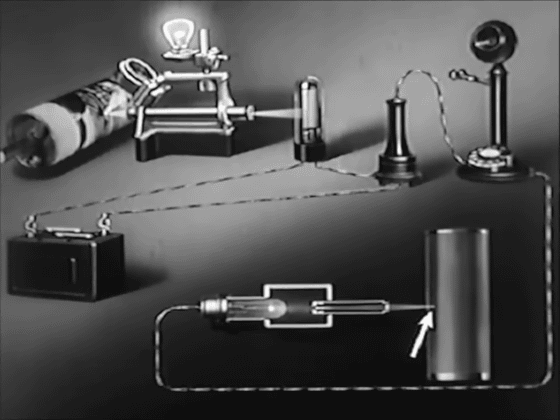
Once the transfer is complete, remove the negative from the cylinder and develop it in the same way as a normal negative.
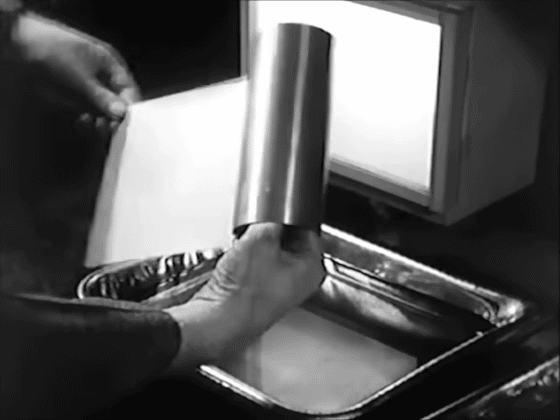
Before this method of transmission, press photos were transported by plane, train, or ship over hours or even days. However, telegraph transmission made it possible to deliver news across the country within minutes of an event occurring.
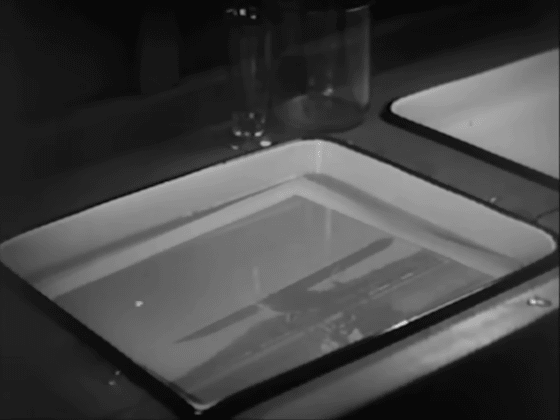
Related Posts:
in Video, Posted by log1e_dh






